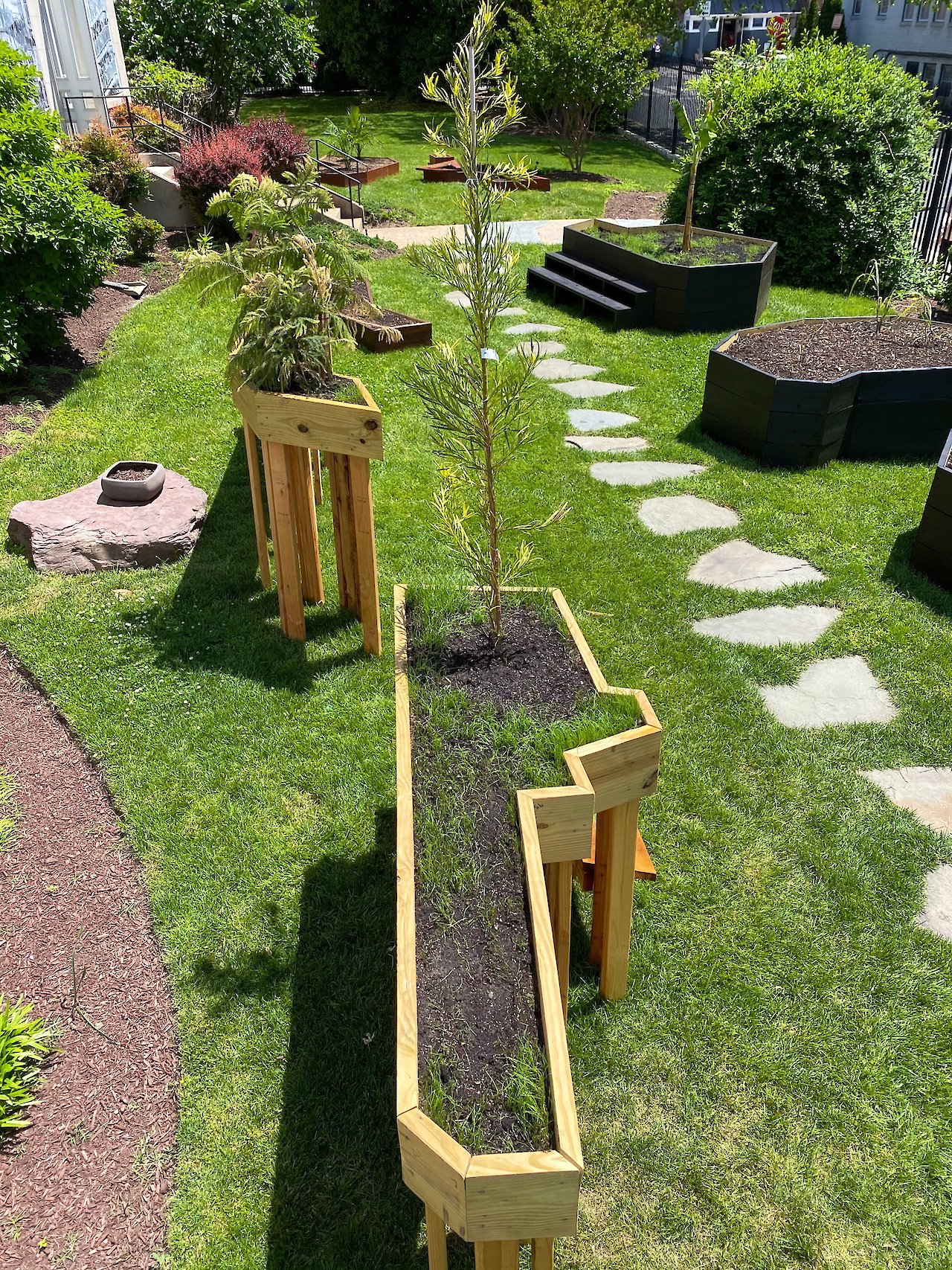Port of San Julián (Argentina)
Stop 4
Ecological capital
Legend
The height of the beds is connected with the natural resources produced and used by each of the countries today. The elevation of the beds represents the natural resources value, being the tallest the one with more Ecological Capital. This graphic contrast the percentage of global natural resources the country uses vs the percentage of global natural resources they have.
Demographics
- Native and others (3%)
- Western descent (97%)
Legend
The color of the beds is connected with the ethnographic diversity of the places they represent today. The colors ranging from natural wood to black reveal the demographic reality divided in this graphic between people from Western descent vs Native & others.
Podocarpus
Podocarpus were endemic to the ancient supercontinent of Gondwana, which broke up into Africa, South America, India, Australia-New Guinea, New Zealand, and New Caledonia between 105 and 45 million years ago. Today the tree can be found from southern Chile north to Mexico in the Americas and from New Zealand north to Japan in the Asia-Pacific region.
Magellan’s fleet sailed south along the South American coast, hoping to reach el paso, the fabled strait that would allow them passage past South America to the Spice Islands. By the third week of March, weather conditions had become so desperate that Magellan decided they should find a safe harbor in which to wait out the winter and resume the search for a passage in spring. On March 31st, 1520, a break in the coast was spotted. There, the fleet found a natural harbor which they called Port St. Julián. The men would remain at St. Julián for five months, before resuming their search for the strait, and they would lose the Santiago in their search to find the strait. In this stop, Pigafetta talks about an incense tree, which could have been the Myrocarpus or the Podocarpus.
Today several species of Podocarpus are grown as garden trees, or trained into hedges, espaliers, or screens. The red, purple, or bluish fleshy cone of most species of Podocarpus are edible raw, or cooked into jams or pies in small amounts due to its slight toxicity. Some species of Podocarpus are used in systems of traditional medicine for conditions such as fevers, coughs, arthritis, sexually transmitted diseases, and canine distemper, and a chemotherapy drug used in treatment of leukemia is made from Podocarpus.
